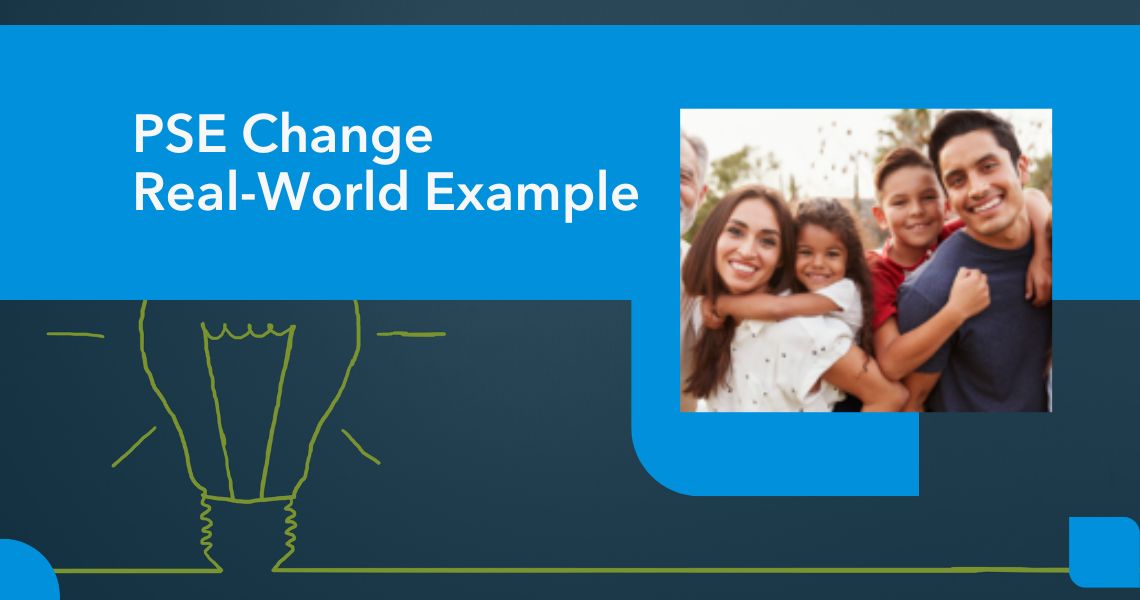Problem: The Cancer Resource Centers of Mendocino County (CRC) is a grassroots organization whose mission is to improve the quality of life for those in Mendocino County impacted by cancer. While Latinx residents make up 25.6% of the population in the county1, upon reviewing the demographic data on the cancer patients served at CRC, staff found that only 7% of their client population was Latinx.
PSE Change Solution: CRC staff created a plan to improve outreach to the local Latinx community. In April 2019, staff members attended the Together, Equitable, Accessible, Meaningful (TEAM) training at the GW Cancer Center to build staff capacity in making systems-level changes to improve health equity. CRC staff used the tools provided in the GW Cancer Center TEAM training, including root cause analysis and stakeholder analysis, and created an action plan to assess needs of the Latinx community and improve outreach.
1. United States Census Bureau. (2018). QuickFacts – Mendocino County, California. Retrieved from https://www.census.gov/quickfacts/mendocinocountycalifornia.
Resources to Support Similar Initiatives

